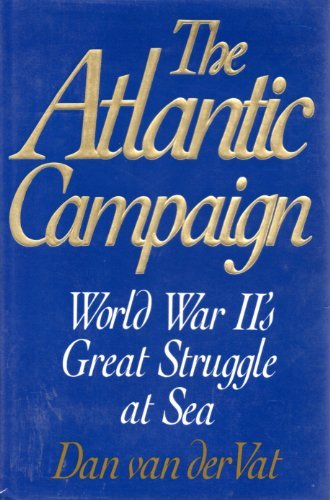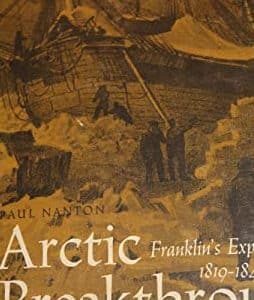Description
pp. xvi, (5), 424, b/w illustrations, sketch maps, ” Van der Vat ( The Ship That Changed the World ) reminds readers that the Allies came close to losing both world wars for exactly the same reason: massive destruction of shipping. He leaves no doubt that the U-boat was Germany’s most cost-effective weapon in both conflicts. In this comprehensive study the author shows that Admiral Donitz’s “grey wolves” were direct descendants of the submarines of World War I, designed and built by men who kept Germany supreme in submarine technology for more than 30 years. The books details air/naval confrontations across the vast Atlantic battlefield from 1939 to the German surrender in 1945, with emphasis on the Allied struggle to provide coast-to-coast air cover for the convoys that were Britain’s lifeline. Van der Vat highlights the “astonishing” contribution of Canada, who responded to Britain’s lonely plight with more ships and human sacrifice than the Canadians could afford. And he is severely critical of the dilatory American contribution, laying much of the blame on Admiral Ernest J. King, chief of U.S. naval operations. “






